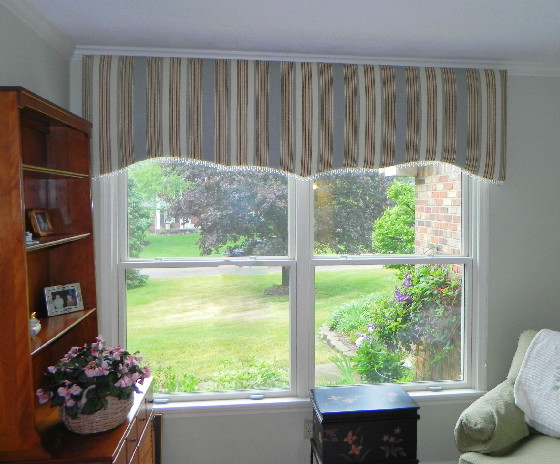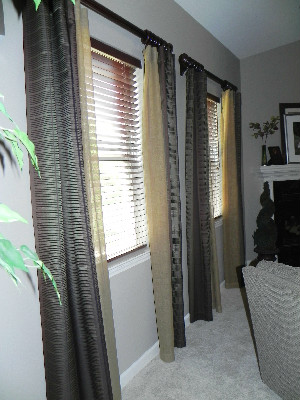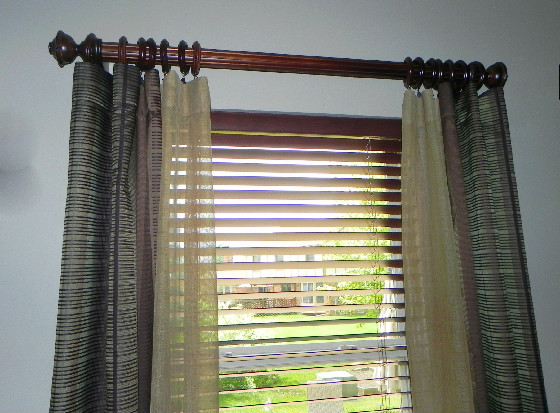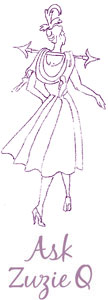What is a cornice board? Well it can be classified as a top treatment since it is mounted at the top of the window. Cornice boards can do a lot to maximize the look of a room and help you make the most of your windows and window treatments. They are often considered the “master of disguise” for most designers because they can help make windows look taller, shorter, or wider dependng on how you choose to use them. They can also disguise the shape of a window. Cornice boards can help you solidify the “style” of your room or help you coordinate a certain fabric in your room by giving it a place on your walls. This style of window treatment usually needs much less fabric than other valances and is ideal when the fabric is costly.

 Custom upholstered cornice boards are a beautiful, inexpensive and are easy to upholster. Create your cornice in different styles for an infinite variety of looks to fit any room. Create your own stunning presentations and fashion looks. They are constructed of either solid wood which is painted or stained or they can be wrapped in fabric to accent the decor of the room or to match draperies that can be installed underneath the cornice. Custom cornice boards have a dustcap (or wood board that goes across the top of the treatment), returns (wood boards that go down the sides of the treatment), and the face board (which is the front piece that is most prominent). The face board can be cut straight across or they can be more decorative with rounded scallop cuts or tapered curves (like the one shown here).
Custom upholstered cornice boards are a beautiful, inexpensive and are easy to upholster. Create your cornice in different styles for an infinite variety of looks to fit any room. Create your own stunning presentations and fashion looks. They are constructed of either solid wood which is painted or stained or they can be wrapped in fabric to accent the decor of the room or to match draperies that can be installed underneath the cornice. Custom cornice boards have a dustcap (or wood board that goes across the top of the treatment), returns (wood boards that go down the sides of the treatment), and the face board (which is the front piece that is most prominent). The face board can be cut straight across or they can be more decorative with rounded scallop cuts or tapered curves (like the one shown here).

 Cording, roping or trim (beaded trim in this instance) is often added as a decorative touch.
Cording, roping or trim (beaded trim in this instance) is often added as a decorative touch.
Cornice boards are usually mounted on L-shaped brackets (sometimes call angle irons or L-brackets).
Cornice boards often despised in the seventies and eighties, are back in vogue. The great news about cornice boards is they do not have to be the heavy wooden boxes with all the intricate carving of the past. In fact, they don’t have to be made of wood at all. Kits are available at many sewing centers or home improvement stores which include basic components made of Styrofoam. These pre cut pieces are ideal to use when the object is to create a padded cornice board.
When deciding on the fabric to cover your cornice board, take a look around your room. Consider the color of the walls, the grain of any of wood in the room. Look at your upholstery, pillows, or carpet.
They have a dustcap (or wood board that goes across the top of the treatment), hard returns (wood boards that go down the sides of the treatment), and the face board (which is the front piece that is most prominent). The face board can be cut straight across (like the picture here) or they can be more decorative with rounded scallop cuts or tapered curves or similar designs.
 This homeowner had ready made panels that were not full enough and were lacking oomph. Her family room was almost there but something was missing. Being unable to purchase more panels, we had to get creative keeping budget in mind. A burlap-like sheer in a warm earthtone was added to the inside of each flat panel, adding to the fullness without darkening the room.
This homeowner had ready made panels that were not full enough and were lacking oomph. Her family room was almost there but something was missing. Being unable to purchase more panels, we had to get creative keeping budget in mind. A burlap-like sheer in a warm earthtone was added to the inside of each flat panel, adding to the fullness without darkening the room.


















by Susan Dorbeck